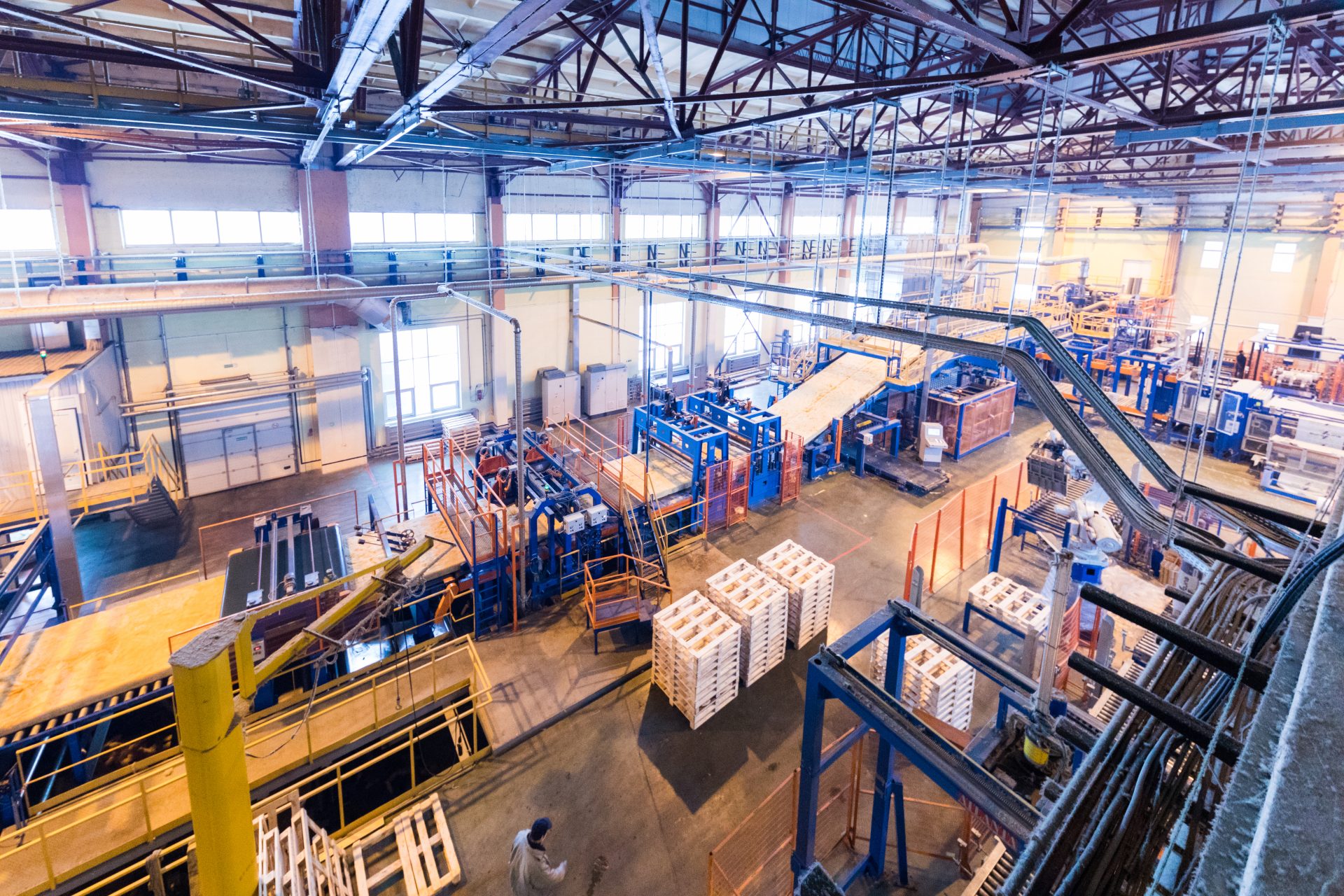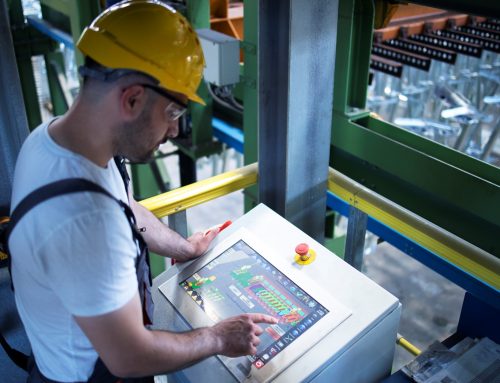Do you know the importance of failure analysis in asset management? Understand its impact on your operations!
Failure analysis is essential for asset management. A well-developed analysis can help save unnecessary costs and prevent asset losses. The impact of these errors can be significant, resulting in process shutdowns, decreased revenue, and loss of customers.
If you are interested in learning more about the importance of failure analysis in asset management, continue reading our article and understand the impact of this best practice on the continuity of business operations.
What are the main techniques and tools for failure analysis?
Failure analysis is a process whose objective is to identify and correct problems before they occur, minimizing or preventing their impact on production. This strategy involves collecting data on the process, analyzing the production structure, and identifying potential risks.
After analysis, it is necessary to develop a strategy to address identified issues, including performance testing, identifying weak points, implementing improvements, and defining preventive measures.
What are the main techniques and tools for failure analysis?
Failure analysis involves various techniques and tools. One of them is Emergency Worker Order (EWO). EWO is a tool that is part of World Class Manufacturing (WCM). This technique helps identify possible causes and risks of a problem, aiding in the development of preventive actions to correct them.
Another tool is 5W2H – a planning technique. It helps identify the problem in more detail, listing What, Where, When, Who, Why, How, and How much. This tool is useful for the operations team to develop more detailed and specific action plans.
Another important technique is Failure Mode Effect Analysis (FMEA). FMEA is a risk analysis tool that helps identify potential failures before they occur. It is used to evaluate the severity, occurrence, and detection of potential failures, helping to prevent problems in the process.
Why is failure analysis important?
Failure analysis is crucial for the financial health of a company. It helps prevent problems that can cause losses, increase efficiency, and reduce unnecessary expenses. Here are some of the positive impacts of failure analysis:
- Avoiding unnecessary costs: Identify problems before they cause significant damage to the company’s equipment or processes. If they are not identified and corrected quickly, they can lead to extra expenses, such as repairs or replacement of damaged equipment.
- Avoiding asset losses: Identify and correct equipment problems before they become irreparable. This helps protect the company’s assets and avoids financial losses that can result from the loss or replacement of equipment.
- Avoiding production and process downtime: Production or process downtime can have a significant impact on a company’s efficiency. Failure analysis allows for the identification of problems before they cause interruptions in the company’s processes, keeping production and processes running and increasing the company’s efficiency.
- Avoiding a drop in revenue: If a failure leads to a halt in production or processes, it can negatively impact the company’s revenue.
- Loss of customers: A company that cannot provide quality products or services due to failures in its processes or equipment may lose customers. Failure analysis helps prevent problems that can lead to a drop in the quality of the company’s products or services, helping to keep customers satisfied.
A well-developed failure analysis can help avoid unnecessary costs, asset losses, production and process downtime, and thus avoid a drop in revenue, loss of customers, and other losses from a sudden pause in the company’s processes.
If you are interested in learning more about the importance of failure analysis for managing your assets, request a demo of Manusis4! Our tool helps identify and correct potential failures before they occur, avoiding losses for the company.






Leave A Comment